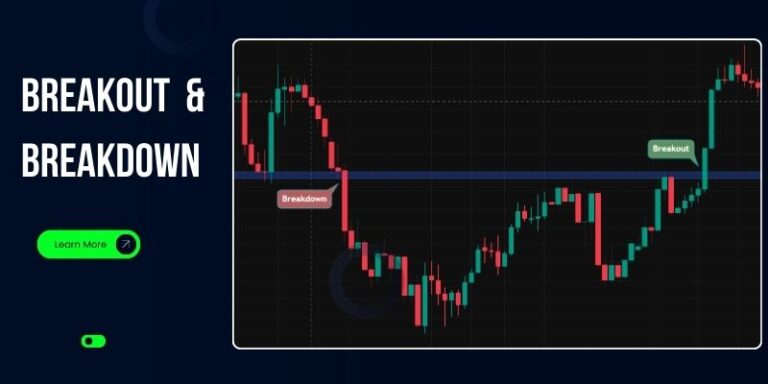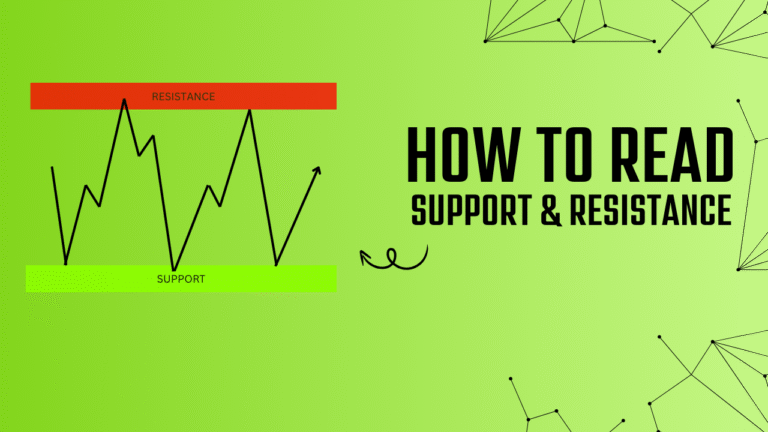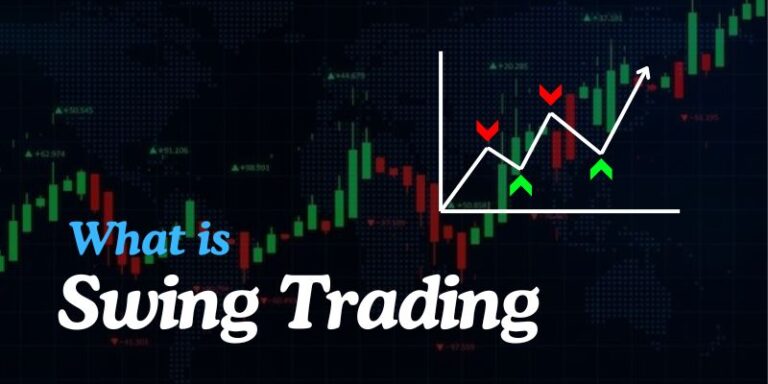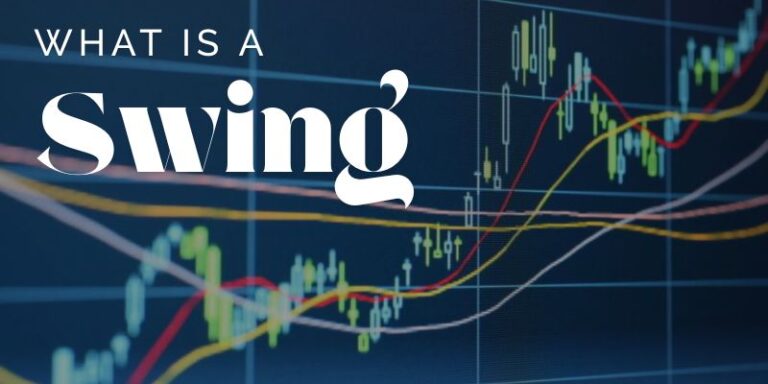What is Moving Average? A Complete Guide for Swing Traders
In the world of technical analysis, there are few tools as widely used and trusted as the moving average (MA). Whether you are a beginner or an experienced trader, understanding how moving averages work can significantly improve your trading decisions. In this post, we will explore what moving averages are, the different types, and how swing traders can use them effectively to identify trends, entry points, and exit signals.
Table of Contents
What is a Moving Average ?
A moving average is a mathematical computation employed to examine data points by forming a regularly revised average price. In the case of trading, it reduces price action by eliminating the “noise” due to erratic short-term price movements. Moving averages are employed by traders to determine the trend direction and support or resistance levels.
Types of Moving Averages :
There are primarily two types of moving averages used in swing trading:
1. Simple Moving Average (SMA)
The SMA is the unweighted average of closing prices over a specific time period. It gives equal importance to each price point. For example, a 20-day SMA gives equal weight to each of the last 20 days’ closing prices.
Pros :
- Easy to calculate and understand
- Effective in long-term trend analysis
Cons :
- Reacts slowly to price changes
- Can lag behind fast-moving markets
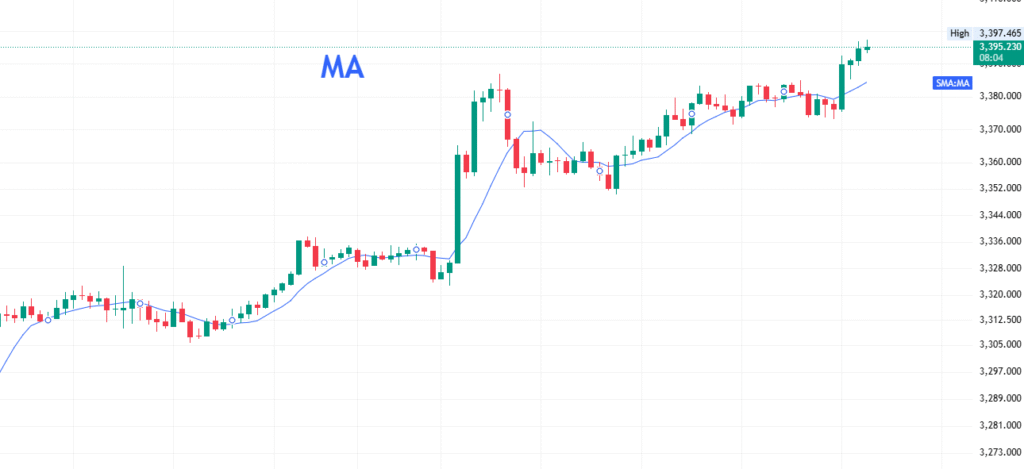
2. Exponential Moving Average (EMA)
EMA also shows the average of closing prices over a period of time, but EMA gives more weight to recent prices, making it more responsive to new information. This helps traders react quickly to price changes.
Pros :
- More responsive to price movements
- Ideal for short-term trading and volatile stocks
Cons :
- Can give false signals in choppy markets
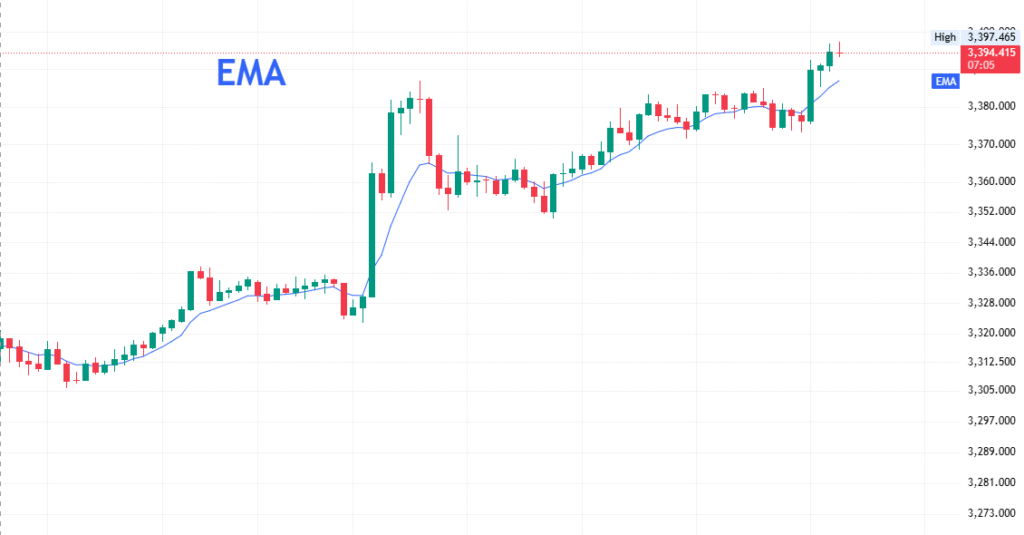
Why Moving Averages Matter for Swing Traders :
As a swing trader, your goal is to capture short- to medium-term price moves. Moving averages help in:
- Trend Identification: Is the market in an uptrend, downtrend, or sideways?
- Entry & Exit Signals: Crossovers and price reactions to MAs give actionable signals.
- Support & Resistance: MAs often act as dynamic support or resistance zones.
Popular Moving Averages for Swing Trading
Here are the most commonly used moving averages for swing trading:
- 9 EMA: Best for short-term momentum trades
- 20 SMA/EMA: Helps identify short-term trend direction
- 50 SMA: Tracks medium-term trend; often used as support/resistance
- 200 SMA: Long-term trend indicator; popular with institutions
Common Moving Average Strategies
1. Moving Average Crossover Strategy
This strategy involves two MAs – a shorter one (like 9 EMA) and a longer one (like 20 EMA or 50 SMA). When the shorter MA crosses above the longer MA, it generates a buy signal (Golden Cross). When it crosses below, it generates a sell signal (Death Cross).
Example :
- 9 EMA crossing above 20 EMA = bullish momentum
- 9 EMA crossing below 20 EMA = bearish momentum
2. Moving Average with Price Action
Another effective strategy is to link price action to MAs. For example, if a stock is in an uptrend and pulls back to the 20 EMA, a bounce from this level could provide a buying opportunity. For example, if the price forms a bullish pattern near the MA, the price could rise from there.
Entry Signal :
Wait for bullish candlestick pattern (e.g., hammer or engulfing) near MA
3. Moving Average as Support and Resistance
Moving averages, especially 50 SMA and 200 SMA, often act as dynamic support or resistance levels. Price tends to bounce from these levels if the trend is intact.
Advantages of Using Moving Averages
- Easy to implement in any trading platform
- Works on all timeframes and instruments
- Pairs effectively with RSI, MACD, Volume, etc.
- Offers structured trading decisions
Limitations of Moving Averages
- By nature, MAs are reactive, not predictive
- Can give false signals in range-bound markets
- Best used with other indicators or chart patterns
Tips for Using Moving Averages in Swing Trading
- Don’t Rely on One MA. Use a combination of MAs (e.g., 20 EMA + 50 SMA) for better accuracy.
- For 2-10 day swings, use 9-20 EMAs, and for 1-4 week swings, consider 50 Ma or 100 MA.
- Use MA signals alongside breakout volumes, support-resistance, and candlestick patterns.
- Always Backtest your MA setups on past data before live trading.
Best Moving Average Settings for Swing Trading
While no setting fits all, here’s a good starting point:
| Style | MA Type | Periods | Use For |
|---|---|---|---|
| Short-term Swings | EMA | 9, 20 | Entry signals |
| Medium-term Swings | SMA | 50 | Trend confirmation |
| Long-term Position | SMA | 200 | Major trend identification |
Customize these based on your stock’s volatility and your holding period.
Conclusion
Moving averages are a foundational tool in any swing trader’s toolkit. They provide clarity, help identify the market direction, and create reliable trade setups when combined with other tools. Whether you’re using a 9 EMA for quick entries or the 200 SMA to confirm long-term trends, moving averages can enhance your decision-making process and boost your confidence in trades.
By learning how to apply moving averages effectively, you position yourself to trade smarter and with greater consistency.
Did you find this guide helpful?
Check out our other post for more information on the stock market.


